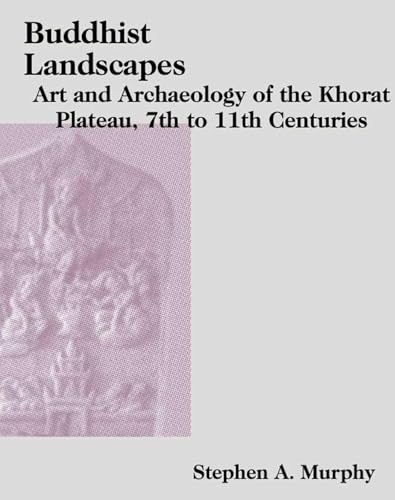Earlier last month and in July, I had the awesome opportunity to participate in a four-week field season at Angkor Wat, under the University of Sydney’s Greater Angkor Project.
The project team was led by Dr. Miriam Stark from the University of Hawaii. For this phase of the Greater Angkor Project we were looking for evidence of habitation within Angkor after its ‘collapse’ in the 14th century. For most of the season I was assigned to work at Unit 2, a 2x3m pit located along the main causeway, near the Western Gopura. In this unit we were trying to confirm the results of a ground-penetrating radar (GPR) scan that Till Sonnemann, a PhD student from the USyd, had conducted a year before.
The GPR scan of the southwestern quadrant of Angkor Wat revealed the presence of building foundations. Unit 2, where I was working at, was to determine the veracity of the scan and we were expecting to hit some sort of wall.

Our typical day at work:
[youtube l4imXaZc270]
However, most of the excavations were conducted on the side of Angkor Wat, in the eastern side which was heavily forested. There we opened several units over where we thought we might be able to find signs of post-Angkoran habitation. These areas were more remote and less frequented by tourists, but we definitely found a lot of mosquitoes!

It was a great four weeks and a real experience to work with so many different and great people. Definitely one of my highlights for the year =D.


























Man- what a great project! I am still kicking myself for not coming along. So, did you find evidence for post-Angkorian habitation? Thanks for sharing your photos!
Love the video!
Well, we found a lot of roof tiles, so that’s promising. =D